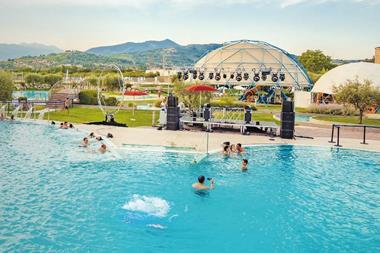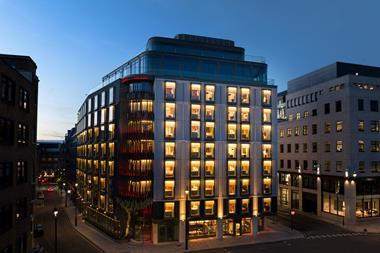ING Real Estate announced on Friday that its Kraanspoor (Crane Track) project in Amsterdam, the Netherlands has won a Urban Land Institute (ULI) Global Award for Excellence during the organisation's autumn meeting in Miami. Earlier in the year the Crane Track project received the 2008 MIPIM Green Building of the Year Award, the 2008 MIPIM Special Jury Award as well as the ULI European Award for Excellence.
ING Real Estate announced on Friday that its Kraanspoor (Crane Track) project in Amsterdam, the Netherlands has won a Urban Land Institute (ULI) Global Award for Excellence during the organisation's autumn meeting in Miami. Earlier in the year the Crane Track project received the 2008 MIPIM Green Building of the Year Award, the 2008 MIPIM Special Jury Award as well as the ULI European Award for Excellence.
The ULI Global Awards for Excellence recognise projects that provide the best cross-regional lessons in land use practices. 'We are delighted that Crane Track has won this award and are honoured by the praise of the ULI jury. Crane Track is an office project I am extremely proud of as it reflects the exemplary outcome of sustainable urban planning,' said George Jautze, CEO ING Real Estate. 'The creative design by Trude Hooykaas is a prime example of introducing new life to an industrial heritage site in a refined and respectful manner.'
'I am also proud of the sustainable qualities of the building itself - the energy efficiency, the convertibility to other uses, and the use of durable and recyclable materials. Crane Track is the result of our efforts in redeveloping an abandoned shipyard into a popular business centre for Amsterdam's creative community', he said. The building is fully let and has been successfully sold to a German real estate investor.
Located on the river IJ in Amsterdam, Crane Track began life in 1952 as a concrete crane platform along a harbour pier. It was saved from demolition in 1997 by designer Trude Hooykaas and OTH, an exterior and interior architecture agency in Amsterdam, who identified the structure's potential for redevelopment and designed a three-storey, 12,500 m2 glass office building that appears to float over the old concrete base.










